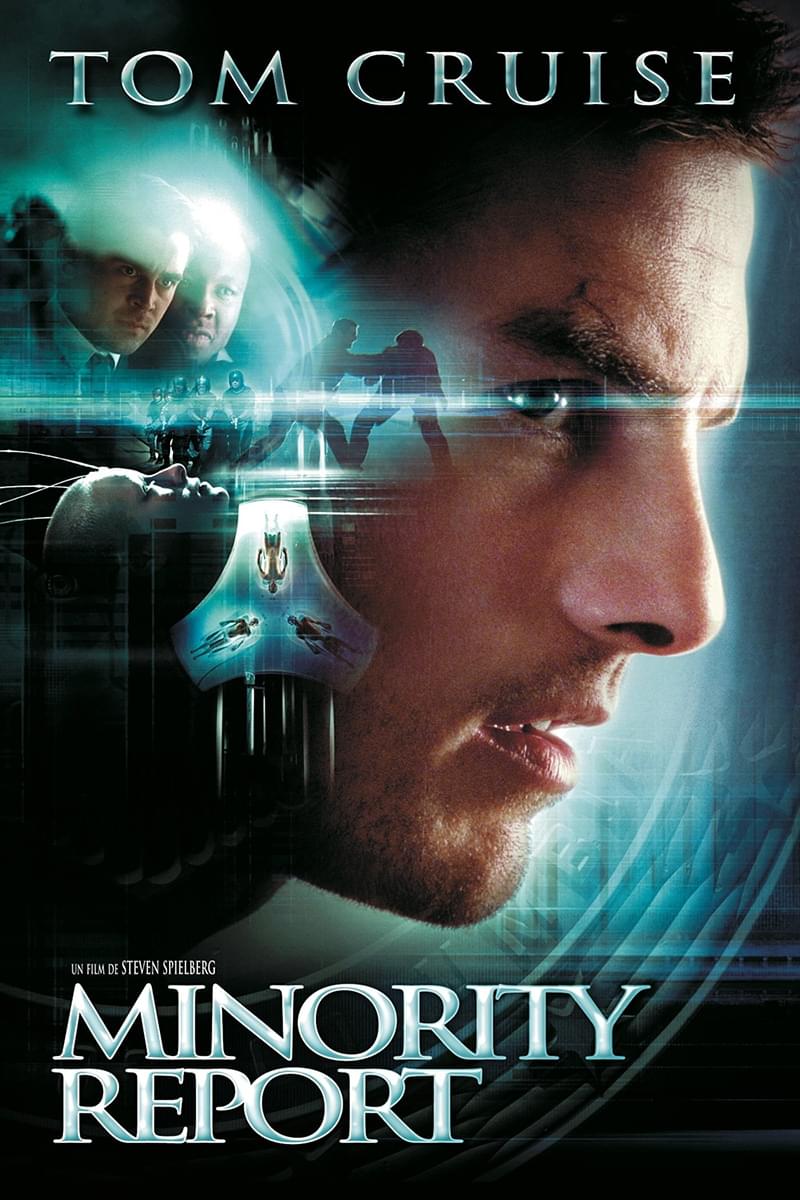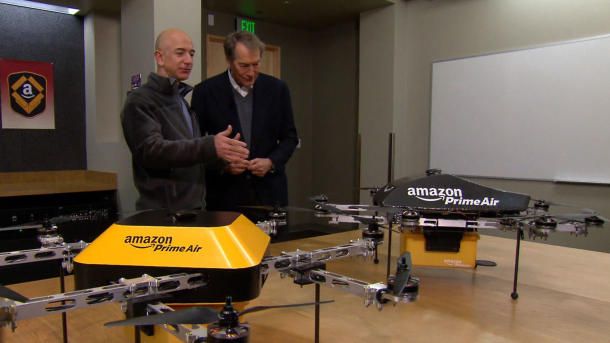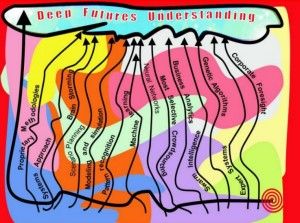Dec 5, 2013
First Tesla Model S Purchased With Bitcoin
Posted by Seb in categories: bitcoin, business, transportation

If you’re not familiar with Bitcoin, you might want to change that. The electronic cryptocurrency is rapidly gaining acceptance around the globe, with many businesses–and even one university–accepting Bitcoins as readily as dollars. Now, a Tesla Model S has been purchased directly with Bitcoin.
The car, sold for an undisclosed sum of Bitcoin by Lamborghini Newport Beach in Costa Mesa, California, appears to have been a lightly used model, if only because it wasn’t sold directly by Tesla Motors [NSDQ:TSLA].
ALSO SEE: 2015 Ford Mustang Preview: Official Photos And Video
Continue reading “First Tesla Model S Purchased With Bitcoin” »












